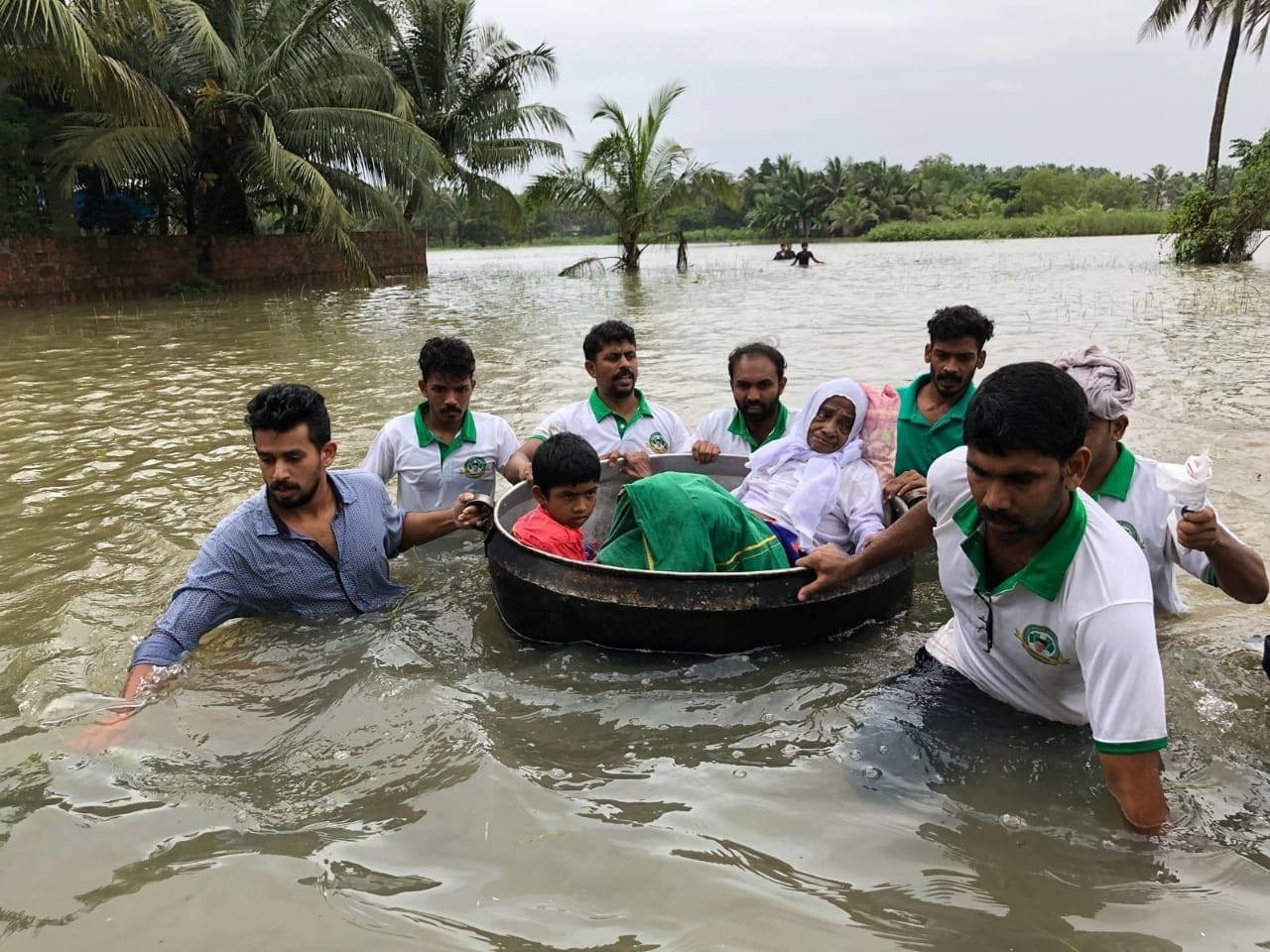India’s Existential Climate Threat
‘Maelstrom of death and destruction’

By: Neeta Lal
India, having been hit with an endless maelstrom of death and destruction from extreme weather events almost every month over the past two years, is likely to face weather patterns that will impact everything from national security to the economy to social dynamics according to an ominous new report released by the Center for Science and En…
Keep reading with a 7-day free trial
Subscribe to Asia Sentinel to keep reading this post and get 7 days of free access to the full post archives.
